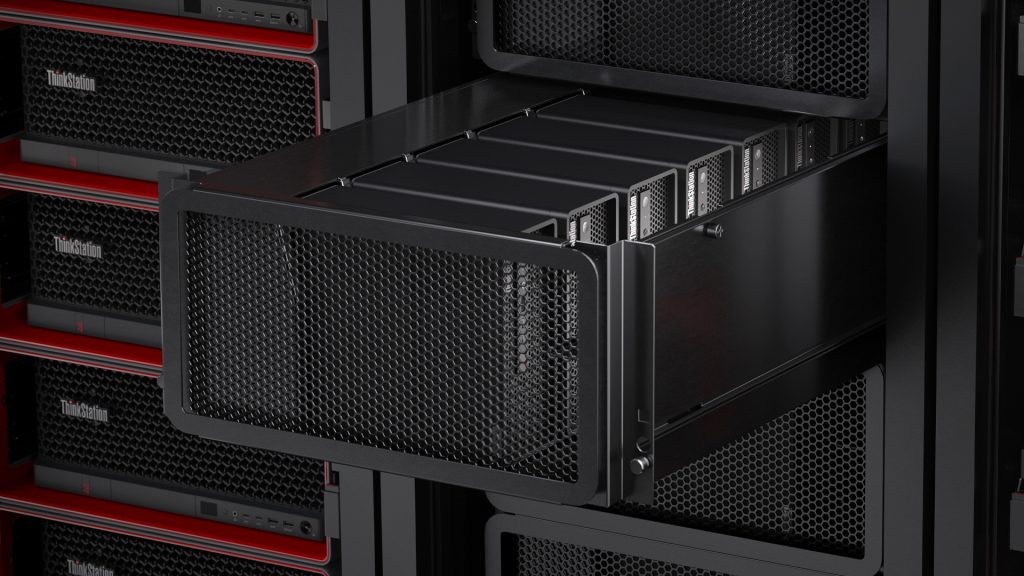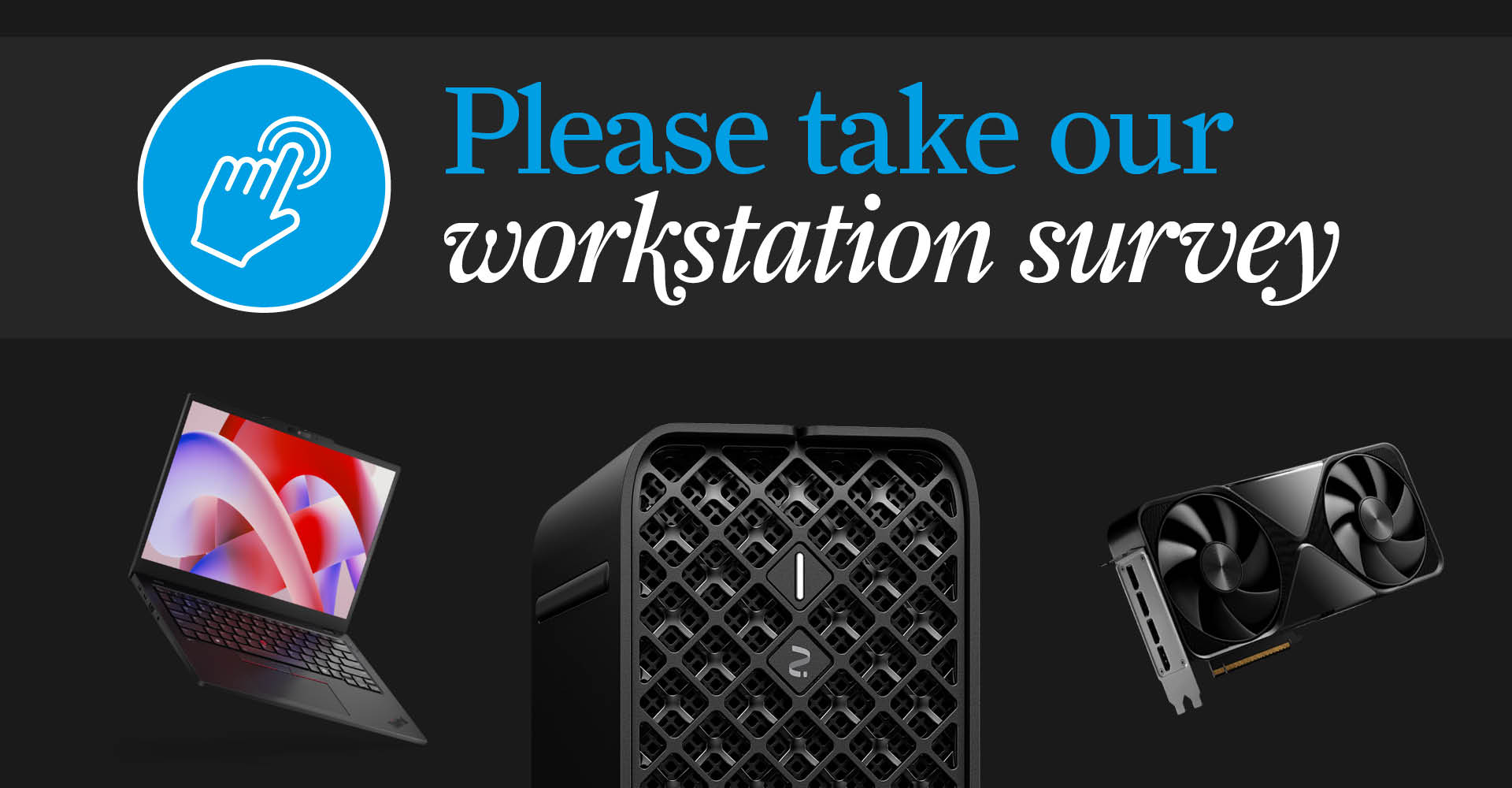New solution offers ready-made ‘blueprints’ to aid deployment of high-performance remote workstations
At NXT BLD today, Lenovo unveiled Lenovo Access, a new high-performance remote workstation solution that it claims delivers superior performance and a more seamless user experience than traditional public cloud or VDI services.
The global tech company has also refreshed its ThinkStation P2 and P3 desktop workstations with new ‘Gen 2’ models featuring Intel Core Ultra 9 (Series 2) processors with support for Nvidia RTX Pro Blackwell GPUs coming later this year.
According to Lenovo, Lenovo Access delivers flexibility, performance, and security for remote workers—without compromising user experience. In short, users get a desktop workstation like experience wherever they work, even when using demanding 3D applications.
Lenovo’s solution includes a series of ‘easily deployable’ reference architectures, or ‘Blueprints,’ that pair Lenovo workstations with software and services.
Find this article plus many more in the July / August 2025 Edition of AEC Magazine
👉 Subscribe FREE here 👈
The first Blueprint is powered by seven rack-mounted Lenovo ThinkStation P3 Ultra SFF workstations in a 5U shelf, running the Mechdyne TGX remote graphics protocol. According to Lenovo, the setup offers a real-time responsive screen, as well as control sharing, where multiple users can collaborate for design review and training.
Lenovo points out that, unlike shared or virtualised servers, Lenovo Access provides 1:1 workstation access to the full CPU turbo performance of each machine.
Each ThinkStation P3 Ultra SFF workstation delivers up to 5.7GHz turbo clock speeds with Intel Core Ultra processors, supports up to Nvidia RTX 4000 SFF Ada Generation graphics which is well suited to mainstream arch viz, and includes up to 128 GB dual-channel memory and 16 TB of storage.
Lenovo Access also includes a suite of remote management tools, such as the ThinkStation Baseboard Management Controller (BMC) for out-of-band system control, along with Intel vPro AMT and AMD DASH. Security is bolstered by ThinkShield, Lenovo’s growing portfolio of enterprise cybersecurity solutions.
Lenovo Access is the first in a planned series of curated industry solution aimed at transforming workstations to meet the specific workflow needs of engineers, designers, architects, data scientists, researchers, and creators. Lenovo is also working on blueprints for AI development and spatial computing.
What AEC Magazine thinks
Lenovo Access looks to represent a significant step forward for remote workstations, bringing high-performance tower and micro desktop-based solutions to a much broader audience — beyond those with specialist partners or in-house IT teams.
While 5U rack-mounted ThinkStation P3 Ultras first surfaced in 2023, and IMSCAD recently introduced a Workstation-as-a-Service offering, with Lenovo Access, Lenovo is now taking this technology mainstream via its vast global IT reseller network.
The key to Lenovo Access are the detailed Blueprints — comprehensive reference architectures that include setup guides and fully itemised builds. Designed to simplify deployment, they should make it much easier for IT managers and resellers alike to specify, install, and optimise remote workstation solutions.
The first Blueprint is based on Mechdyne TGX, but Lenovo Blueprints for other streaming protocols are already in development.
Of course, Lenovo isn’t alone in positioning traditional workstations as high-performance alternatives to cloud or VDI. HP has been expanding its remote workstation portfolio for years through on-premise deployments and Workstation-as-a-Service offerings, centred on HP Z desktops like the super compact HP Z2 Mini.







